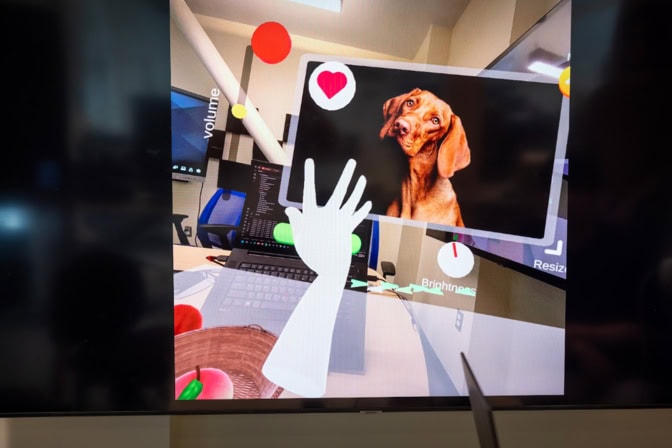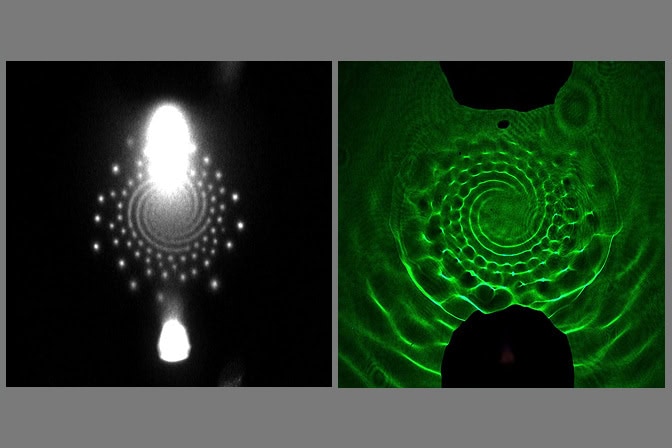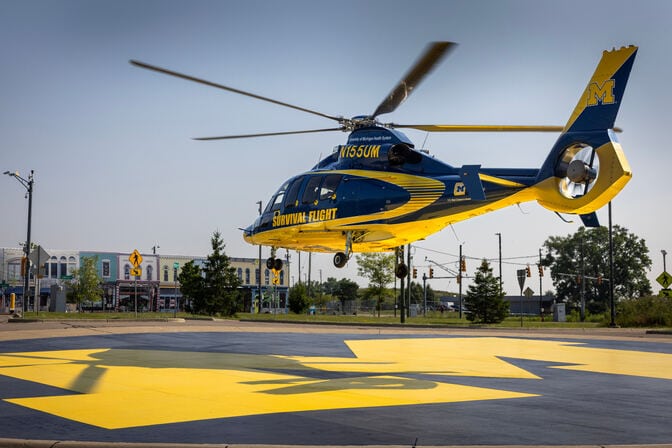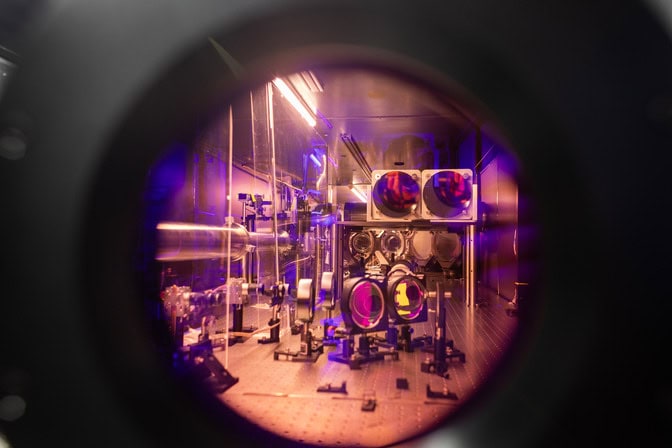-
This digital hand enables hands-free virtual reality
More than just a stand-in, the AI-powered agent can complete tasks by following simple voice commands that don’t include nitty-gritty details.
-
Shipbuilders and maritime policy experts discuss US industry at U-M
To be globally competitive, the U.S. needs to make ships for the future, panelists say.
-
Harnessing intricate, self-organized plasma patterns to destroy PFAS
The first images of plasma-water interactions reveal the electrical forces that could help manipulate patterns to treat larger volumes of…
Featured Topics
Campus & Community
-
Launching the world’s largest space telescope
Robby Swoish (BS AERO ’06, MS CLaSP ’07) helped deploy the James Webb Space Telescope.
-
Treating cancer with sound waves
Zhen Xu (MS BME ’03, PhD ’05) co-invented the revolutionary cancer treatment histotripsy.
-
SUGS: Get on the inside track to a faster master’s
The SUGS program is a uniquely efficient way to experience grad school at Michigan Engineering.
-
‘31E Scholar Society creates lasting connections
The legacy of the Michigan Engineering class of 1931.
-
Global experts chart the future of nuclear power at U-M symposium
Building workforce will be key to growing capacity.
In the News
The Conversation
Materials science research finds woven baskets are sturdier and more resilient than stiff containers
Crain’s Detroit Business
U-M experts call for standardized autonomous vehicle testing to win public trust
EV Design & Manufacturing
U-Michigan expands Battery Lab to maintain research and development momentum
Quanta Magazine
Research
-
From waste to asset: Turning ethanol production CO₂ into jet fuel
-
Faster commutes in Oakland County—rollout underway for U-M-designed traffic flow system
-
Michigan startup reimagines clothing labels for recycling and authenticating brands
-
Games for rehab: Fast communication for interactive VR and AR
-
Turning health research inside-out: A Q&A with Joerg Lahann
-
Laser links to bolster the next generation of satellite constellations
-
Capturing cancer cells from blood could help doctors choose the right breast cancer treatment
-
$2.5M aluminum research partnership aims to expand use in auto industry and beyond
-
A common language to describe and assess human-agent teams
-
Pottery-inspired method stencils nanoparticles for building advanced materials
-
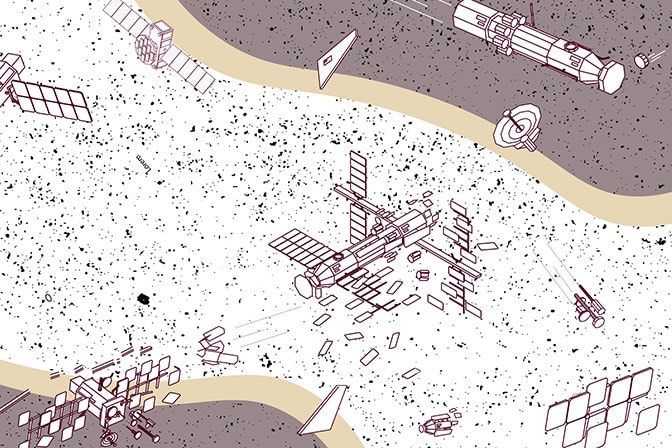
Features
Frontier no more?
As space debris threatens satellites and astronauts, Michigan Engineers are working on solutions.
